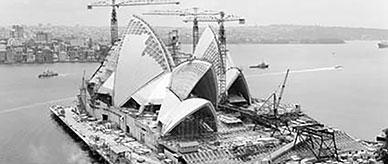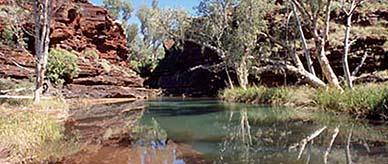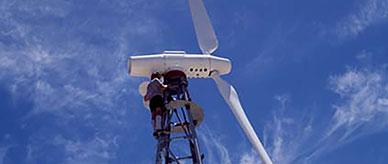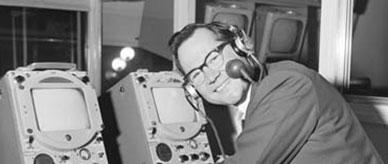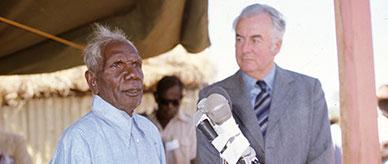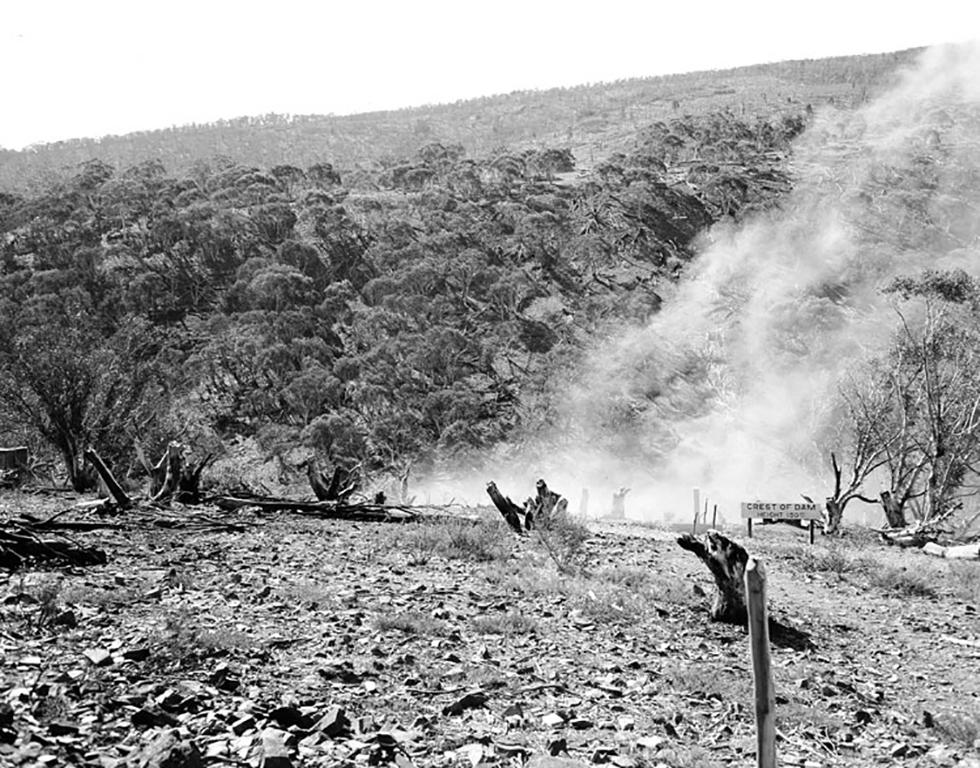


About this record
This is a photograph of the first blast at Adaminaby, New South Wales, which marked the official beginning of construction of the Snowy Mountains Scheme in Australia. The photograph was taken by the Department of Information, Central Office in 1949.
Educational value
- Shows the launch of the construction of the Snowy Mountains Scheme on 17 October 1949 – this massive engineering project was built between 1949 and 1974 and consisted of 16 large dams, seven power stations, a pumping station, 145 kilometres of tunnels and 80 kilometres of aqueducts to divert water from the Snowy Mountains for use in power generation and irrigation.
- Shows a blast being detonated, set off by the Governor-General of Australia, Sir William McKell (1891–1985) – also present were Prime Minister Ben Chifley (1885–1951), a major supporter of the Scheme because of the huge possibilities it presented for Australian farming, industry and employment; and William Hudson (1896–1978), Commissioner of the Snowy Mountains Authority, who was personally chosen by Chifley to head the construction of the Snowy Mountains Scheme because of his practical approach to engineering, his vision and leadership and his people and project management skills.
- Shows a sign labelled 'CREST OF DAM', indicating the highest point of the Eucumbene Dam wall on completion – the Eucumbene Dam was one of 16 major dams of the Snowy Mountains Scheme.
- Provides a record of the bushland that was flooded for the dam – one purpose of the Snowy Mountains Scheme was to divert water from the mountain rivers to the dry inland areas, so changing the way the rivers flowed.
- Depicts the event that signalled the eventual degradation of the Snowy River environment, including soil erosion, salination of rivers, depletion of groundwater, destruction of natural habitats and changes to the ecology of river systems.
- Is an example of the work of the Australian Department of Information – the Snowy Mountains Scheme was seen as an important milestone in Australia's development as a nation.
- Indicates that by 1949 the Indigenous land owners were completely dispossessed of their land – before European settlement, the Indigenous Ngarigo, Walgalu and Southern Ngunnawal people lived in the area and came to the high country to feast on the bogong moths in the summer months.
Acknowledgments
Learning resource text © Education Services Australia Limited and the National Archives of Australia 2010.
Related themes
Need help with your research?
Learn how to interpret primary sources, use our collection and more.

